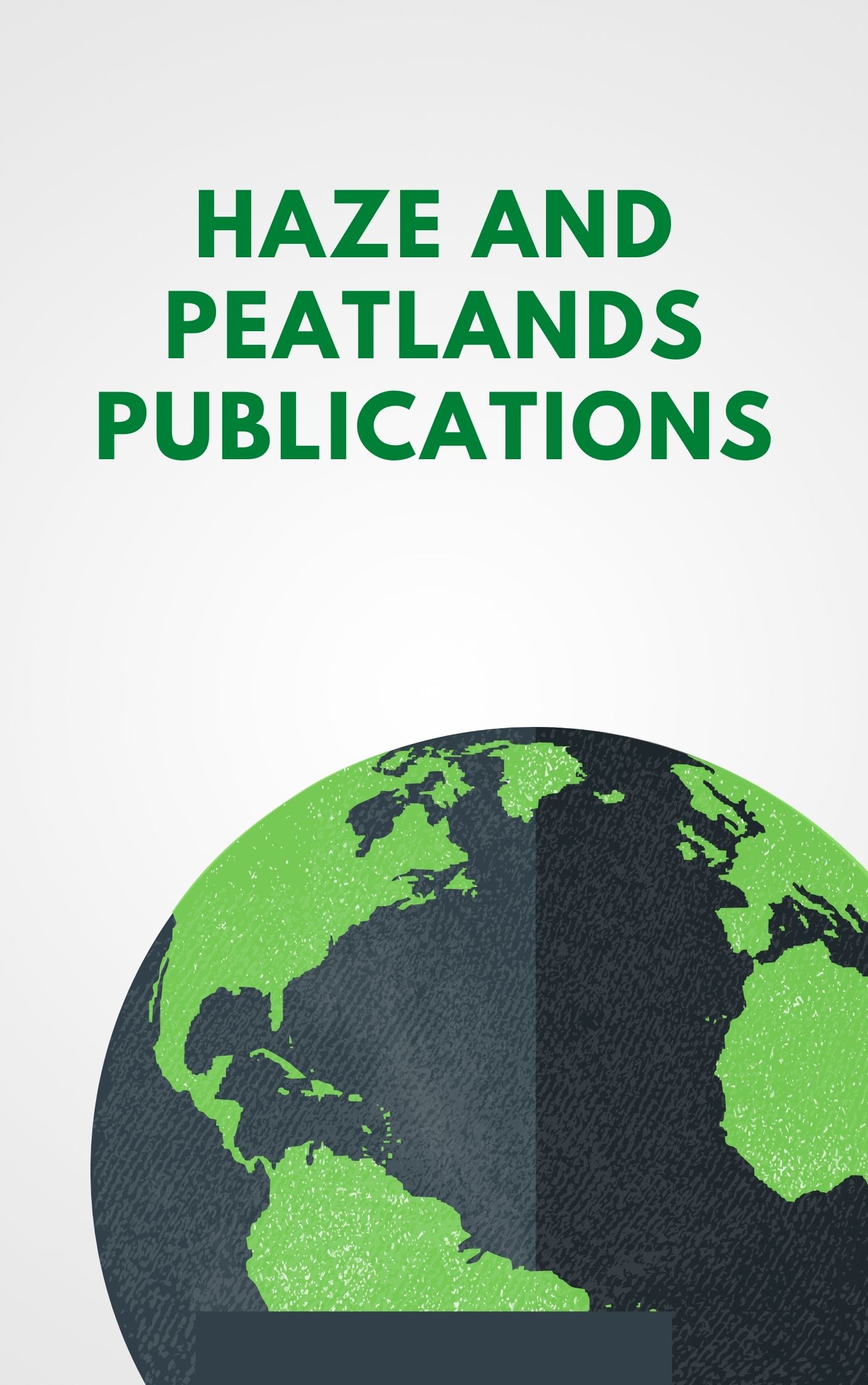Indonesia is the largest archipelagic country in the world, with 17,000 islands of varying sizes and elevations, from lowlands to very high mountains, stretching more than 5000 km eastward from Sabang in Aceh to Merauke in Papua. Although occupying only 1.3% of the world's land area, Indonesia possesses the third-largest rainforest and the second-highest level of biodiversity, with very high species diversity and endemism. However, during the last two decades, Indonesia has been known as a country with a high level of deforestation, a producer of smoke from burning forests and land, and a producer of carbon emissions. The aim of this paper is to review the environmental history and the long process of Indonesian forest management towards achieving environmental sustainability and community welfare. To do this, we analyze the milestones of Indonesian forest management history, present and future challenges, and provide strategic recommendations toward a viable Sustainable Forest Management (SFM) system. Our review showed that the history of forestry management in Indonesia has evolved through a long process, especially related to contestation over the control of natural resources and supporting policies and regulations. During the process, many efforts have been applied to reduce the deforestation rate, such as a moratorium on permitting primary natural forest and peat land, land rehabilitation and soil conservation, environmental protection, and other significant regulations. Therefore, these efforts should be maintained and improved continuously in the future due to their significant positive impacts on a variety of forest areas toward the achievement of viable SFM. Finally, we conclude that the Indonesian government has struggled to formulate sustainable forest management policies that balance economic, ecological, and social needs, among others, through developing and implementing social forestry instruments, developing and implementing human resource capacity, increasing community literacy, strengthening forest governance by eliminating ambiguity and overlapping regulations, simplification of bureaucracy, revitalization of traditional wisdom, and fair law enforcement.
View source

